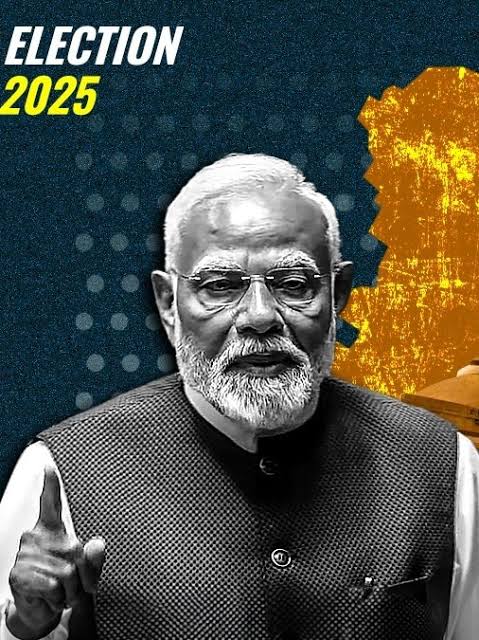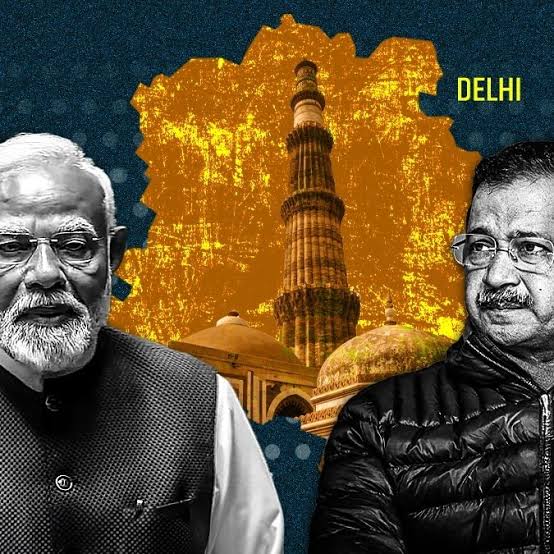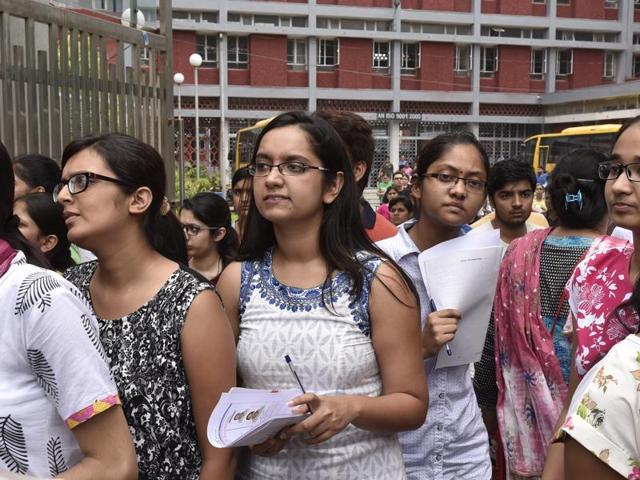The Delhi Assembly election results have brought a dramatic turn in the political landscape of the capital, with the Bharatiya Janata Party (BJP) appearing to secure a decisive victory, ending the Aam Aadmi Party’s (AAP) 10-year-long dominance. As vote counting progresses, trends indicate a significant setback for AAP, which has faced numerous political and legal challenges in the run-up to the elections.
 The elections, held on February 5 with a voter turnout of 60.54%, witnessed an intense battle between AAP and BJP, with the Congress attempting to regain lost ground. However, most exit polls had already predicted a strong performance by the BJP, suggesting that Delhi could see a shift in governance after nearly three decades. If BJP manages to form the government, it will mark their return to power in Delhi after 28 years, a feat last achieved in 1998.
The elections, held on February 5 with a voter turnout of 60.54%, witnessed an intense battle between AAP and BJP, with the Congress attempting to regain lost ground. However, most exit polls had already predicted a strong performance by the BJP, suggesting that Delhi could see a shift in governance after nearly three decades. If BJP manages to form the government, it will mark their return to power in Delhi after 28 years, a feat last achieved in 1998.
One of the key issues that shaped the election campaign was the deteriorating condition of the Yamuna River. The debate around its pollution levels had become a focal point, with AAP repeatedly assuring voters of cleaning efforts. However, dissatisfaction over unfulfilled promises may have contributed to the shifting voter sentiment. Another controversy that played a significant role was the renovation of Chief Minister Arvind Kejriwal’s residence, dubbed the ‘Sheesh Mahal’ by opponents. The BJP used this issue to criticize Kejriwal’s governance, accusing him of extravagance while people suffered during crises like the COVID-19 pandemic.
As the results unfold, Delhi BJP chief Virendra Sachdeva has declared that the people of Delhi have exposed what he called Kejriwal’s “lies” and have chosen a “double-engine” government. Meanwhile, the AAP camp has raised concerns about alleged irregularities, claiming that booth-wise data was not being released by the Election Commission. These allegations have further heightened political tensions, with the Anti-Corruption Branch (ACB) reaching Kejriwal’s residence to seek evidence regarding claims that BJP attempted to poach AAP MLAs.
Despite the overwhelming trends favoring BJP, AAP leaders like Atishi and Saurabh Bharadwaj have maintained that their party has always been above appeasement politics and that the people of Delhi will stand with them. However, with the BJP crossing the majority mark in early leads, the possibility of an AAP-led government for the fourth consecutive term seems increasingly unlikely.
Congress, on the other hand, has struggled to regain its footing in the city, with early trends showing no significant improvement from its previous dismal performances in Delhi. Party leader Sandeep Dikshit, contesting from the New Delhi constituency against Arvind Kejriwal and BJP’s Parvesh Verma, remains hopeful of a Congress revival, though the numbers suggest otherwise.
Security has been heightened across the capital, with a three-tier arrangement in place at counting centers to ensure law and order. As counting continues, political leaders from all parties are making their final statements, either celebrating victory or preparing to assess what went wrong.
This election marks a crucial turning point for Delhi. For the BJP, it represents a significant expansion of its influence, proving that its popularity at the national level can translate into local victories. For AAP, the results pose serious questions about its future in the capital and beyond, particularly as the party grapples with legal challenges and accusations of corruption. Whatever the final numbers reveal, the political dynamics of Delhi are set to change dramatically in the days to come.




